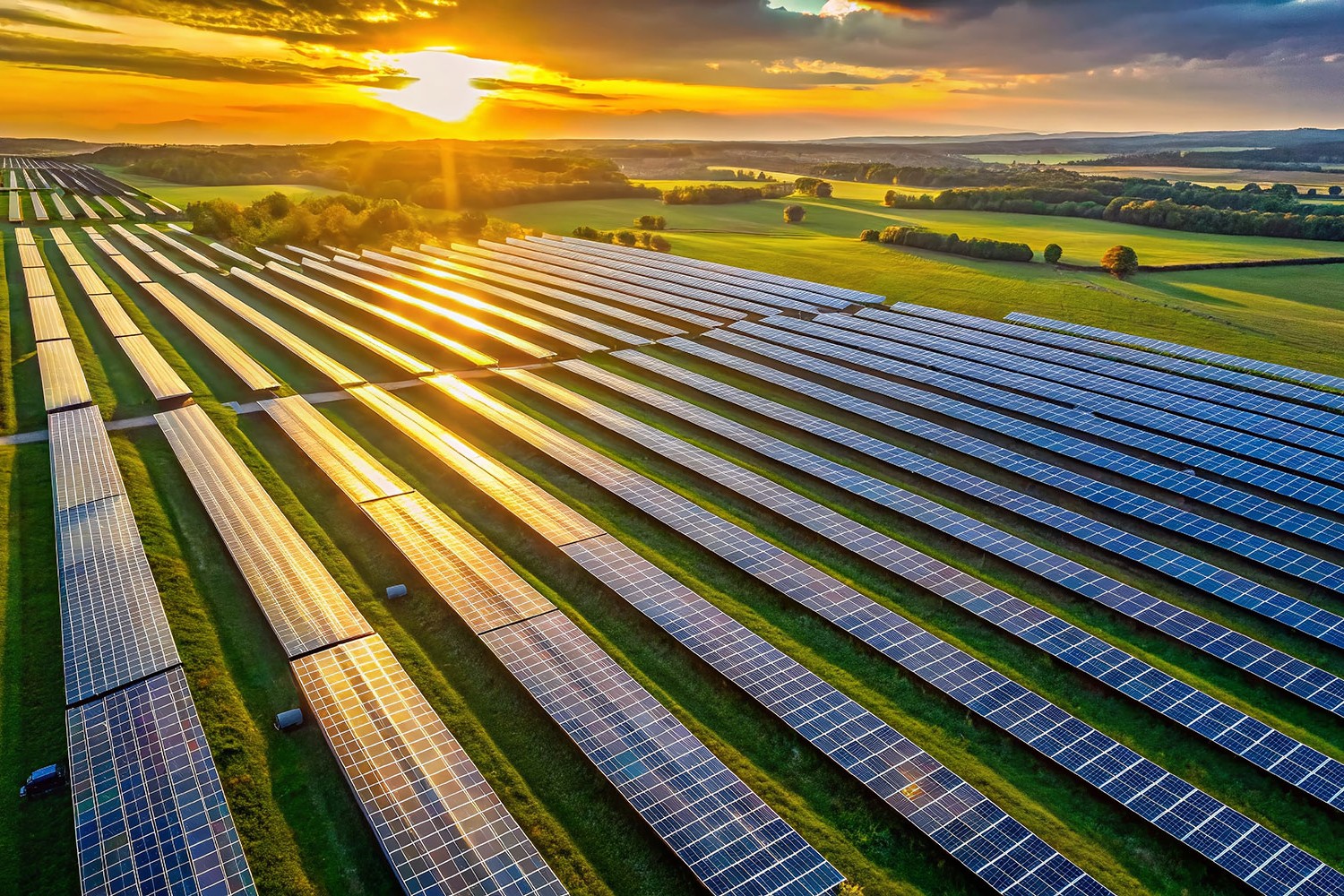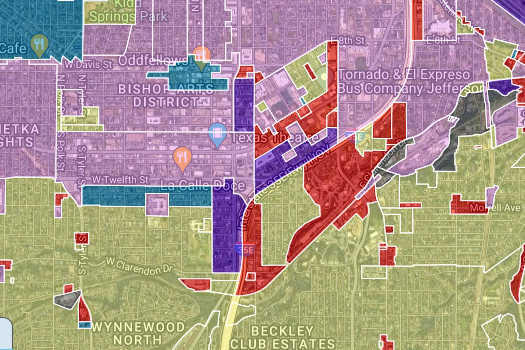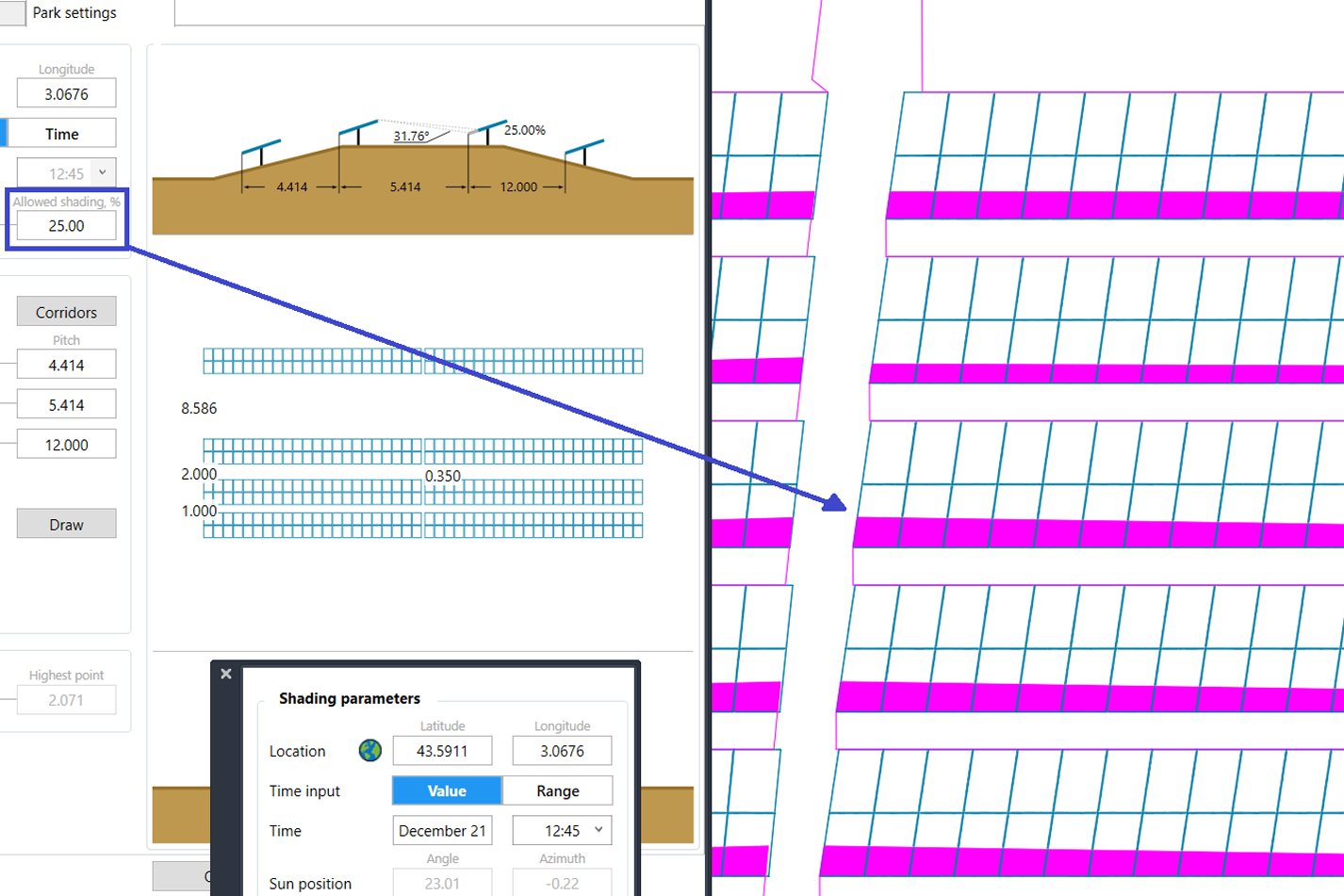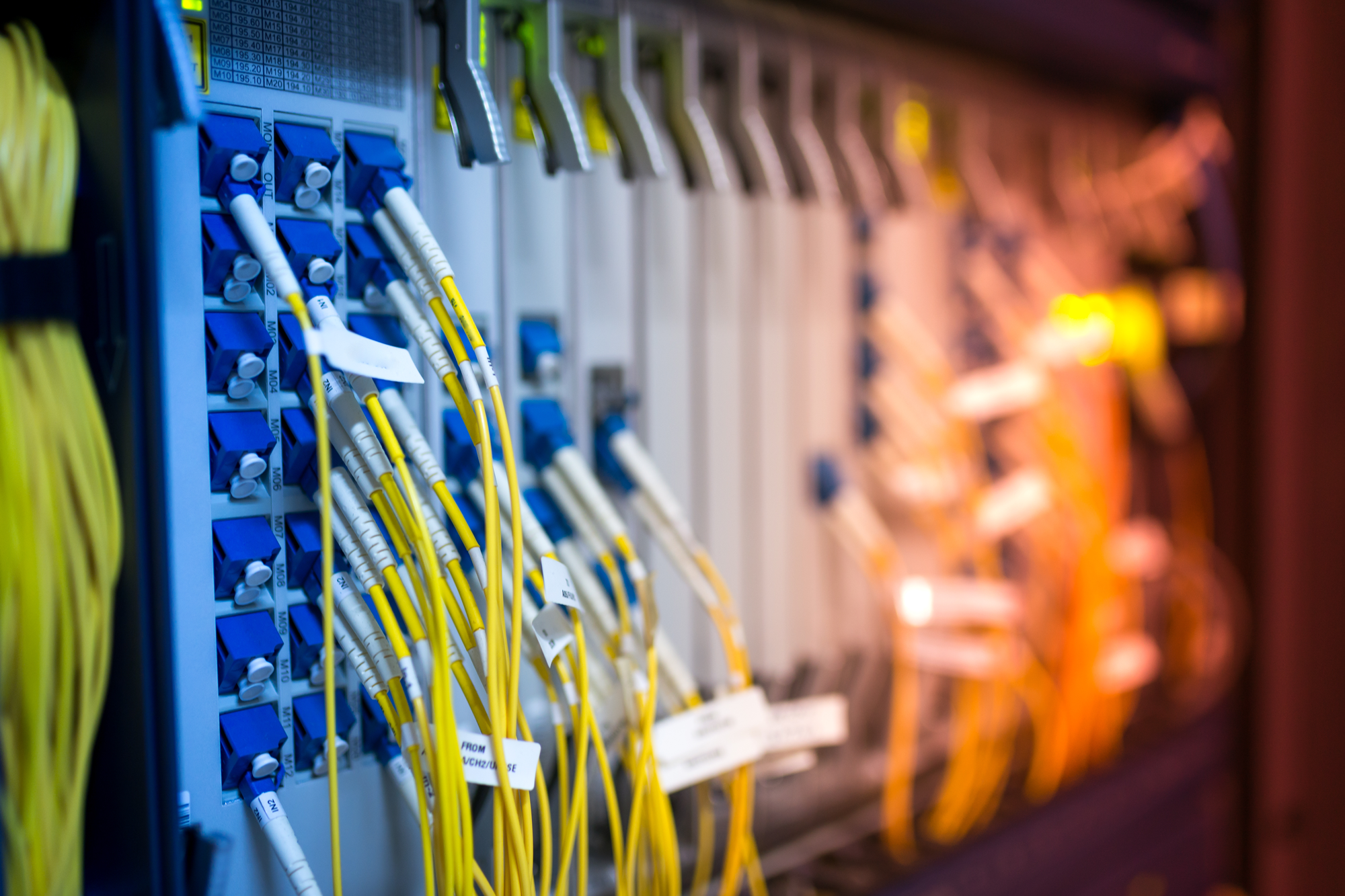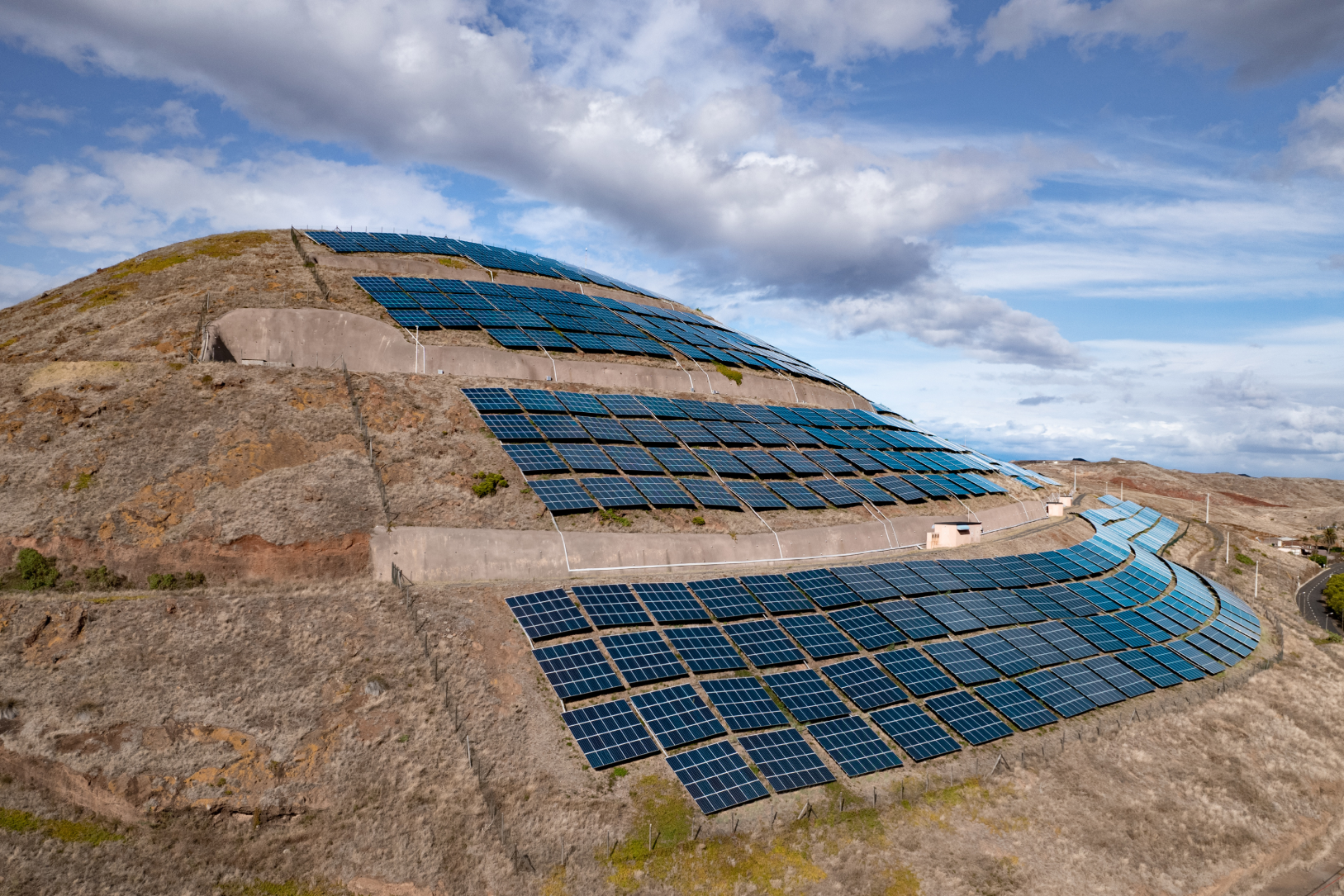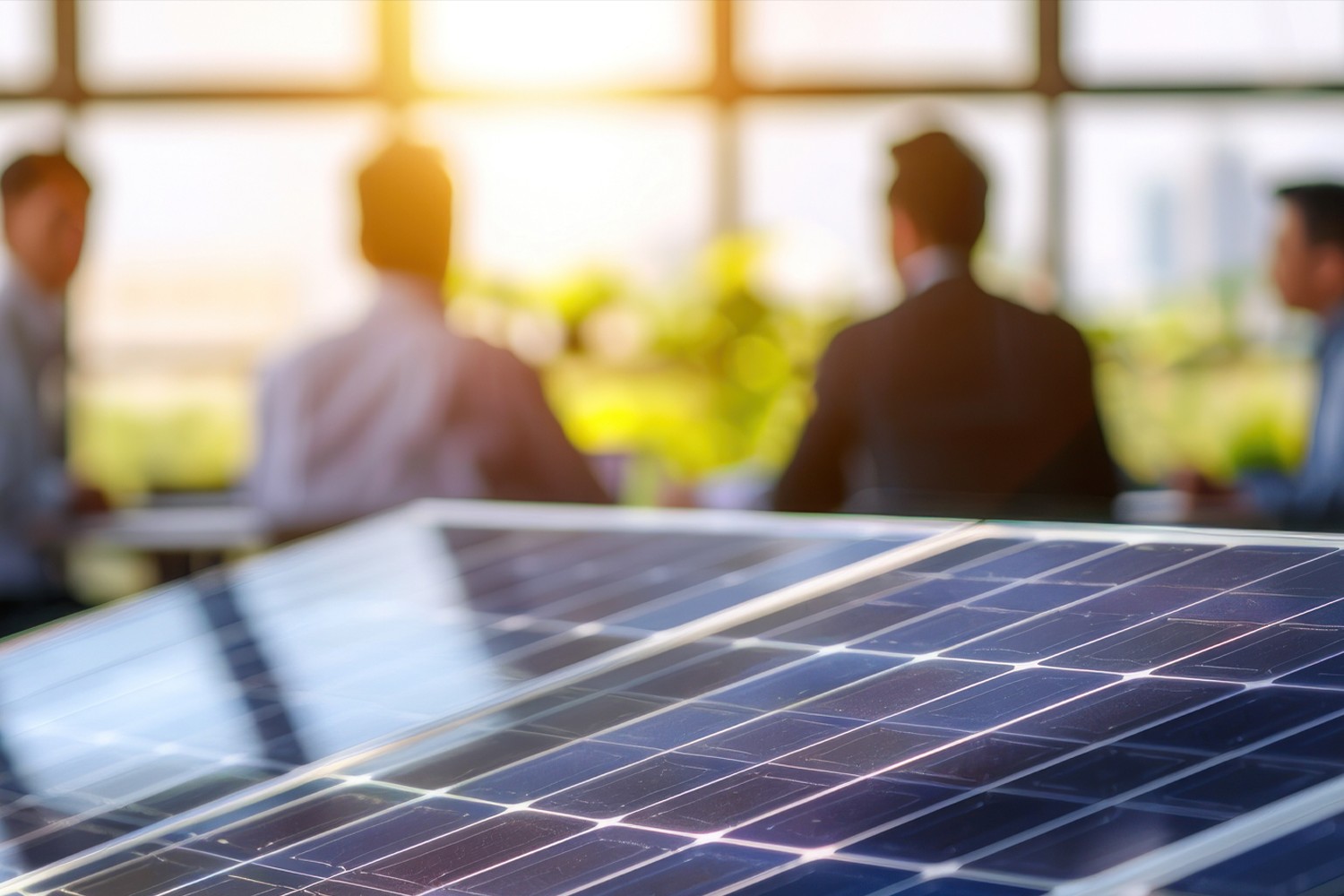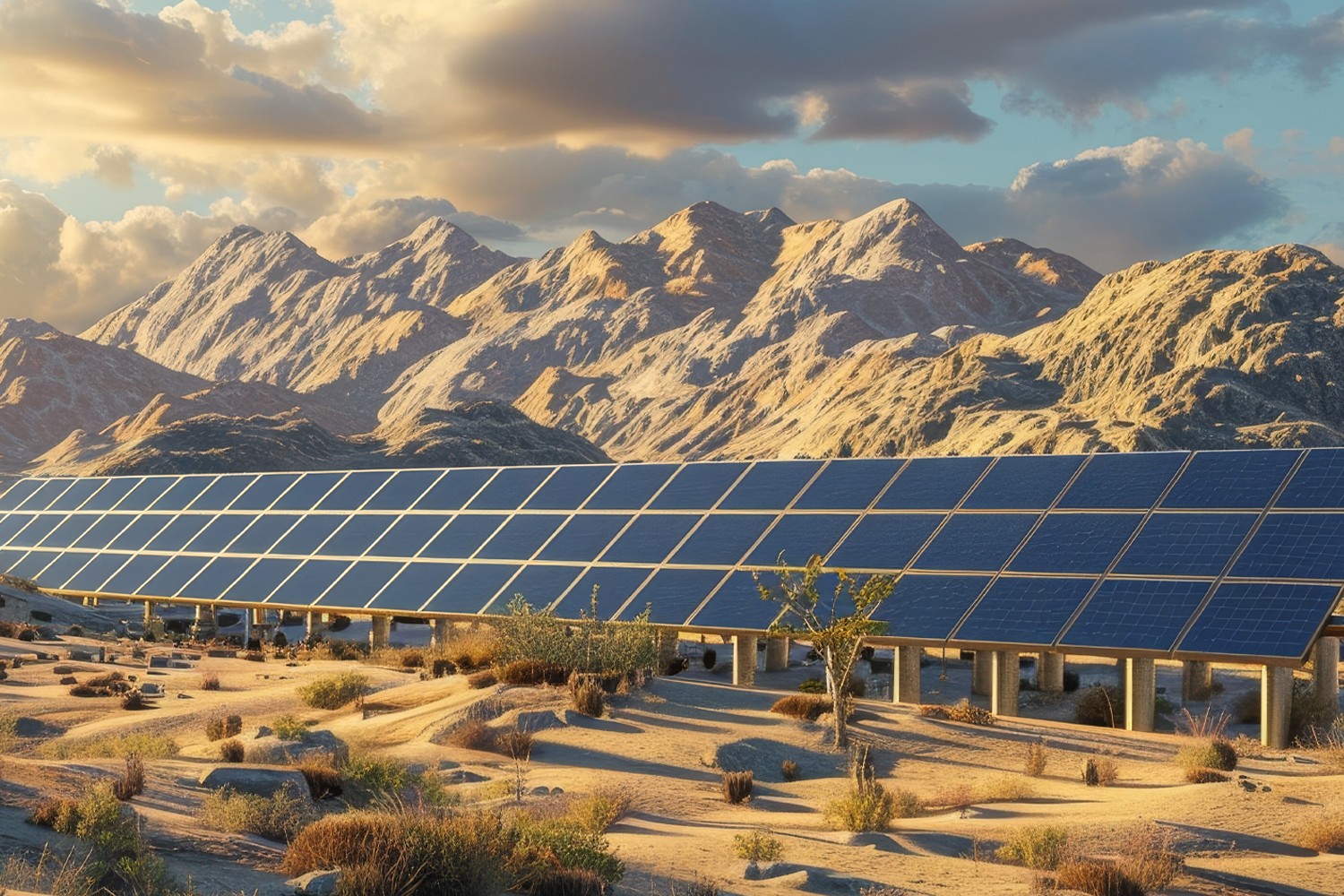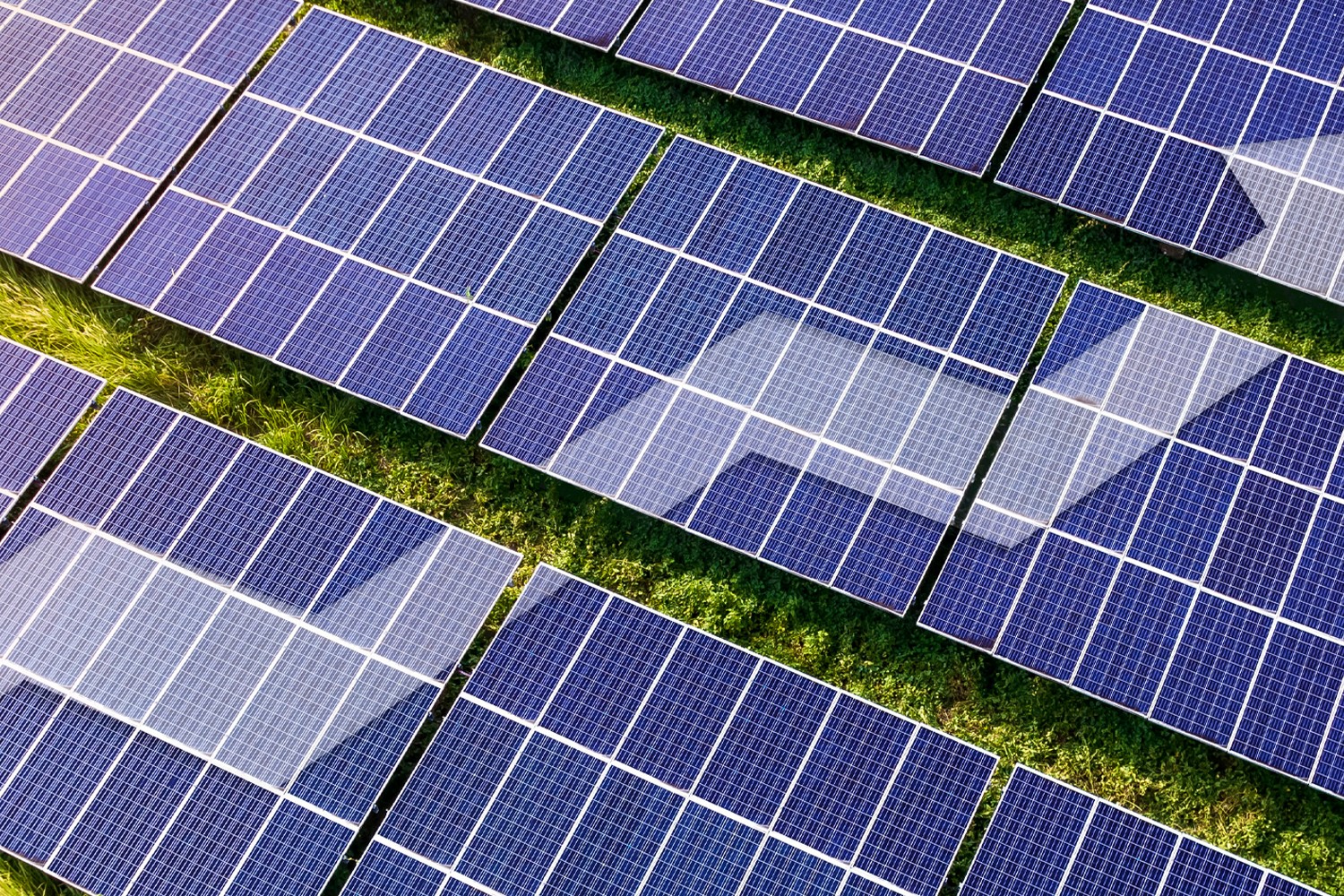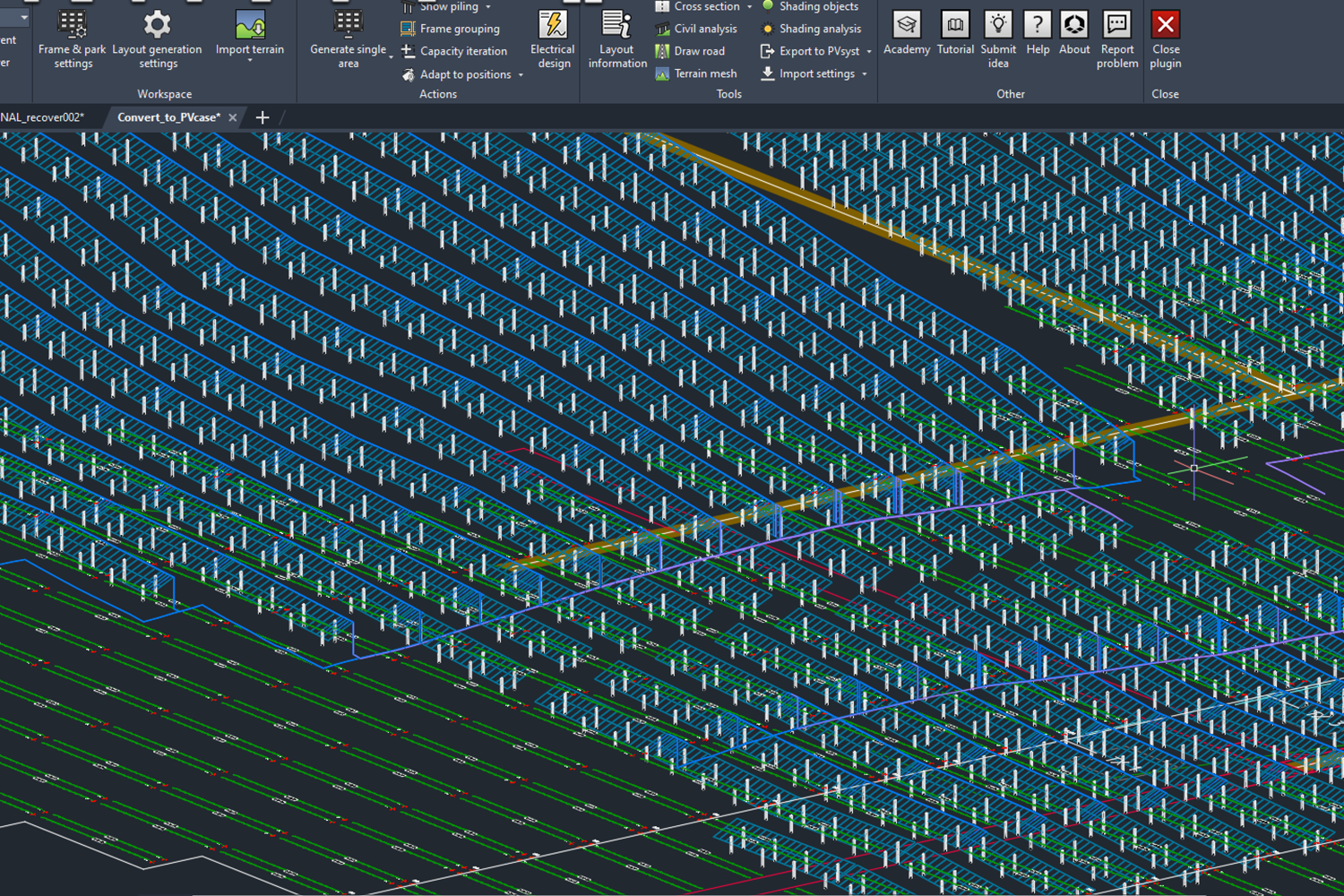One of the main reasons homeowners and businesses make the change to solar power energy is to reduce or eliminate their reliance on energy from the power grid. The idea of lower energy bills is attractive — let alone the social benefits many businesses receive from consumers who appreciate sustainable business practices.
However, solar panels require a significant upfront investment. According to data from EnergySage, the average cost of home solar panel installation is $21,070. Unfortunately, calculating savings is not straightforward. You can save anywhere from $20,000 to $90,000 on your energy bills based on your electrical usage, location, system size, and many other factors.
Because of the upfront costs, it’s important to consider all the factors to decide if solar power will bring a positive return on investment.
Key factors to consider about solar panels
Your energy needs will vary depending on your home, location, and other factors. Here is a look at six of the variables that are always important to consider when deciding whether to install a solar PV system in your home or business.
Assessing your energy needs
The first step in choosing solar energy is calculating how much energy you need for your house or business. Once you find out this information, you will know how large your solar panel setup needs to be and how much energy it will provide.
Seasonal usage changes based on heating and cooling needs. However, the average annual energy consumption for homes in the U.S. was 10,791 kilowatt hours (kWh) in 2022. You can estimate your home or business’s specific energy needs by looking at the previous 12 months of utility bills.
EnergySage suggests figuring out the production ratio for your area. This figure is based on the intensity of sunlight in your location. You can divide your annual energy usage by this ratio, then divide the answer by the output of your choice of solar panels.
You can also consider batteries to save energy for nighttime usage. However, these electrical storage units can add $6,000 to $11,000 to the price tag of the system.
Suitability for your property
Overcast weather, limited sunlight in winter at higher latitudes, and other factors can affect the output of your solar panels. However, solar installers have tools at their disposal to design a fully optimized system.
For instance, they can use software to find the ideal location for your panels and calculate the best placement angle for maximum exposure to the sun.
Installers will typically inspect the roof to ensure it can handle the added weight of a roof-mounted system, which is common for residential solar installations.
If you opt for a ground-mounted system, which might be more suitable for a larger business, you will need to ensure you have enough area with direct sun exposure for the installation.
Available financial incentives
Federal and state governments create incentives for home and business owners who install renewable energy solutions like solar. These programs can significantly lower the cost of solar PV panel installation.
Energy.gov outlines some of the most common financial incentives.
- Federal solar tax credits provide a 30% tax credit for systems installed between 2022 and 2032. There is no maximum to the amount you can claim, and the credit extends to panels, other equipment, labor, batteries, and some forms of sales tax.
- Utility companies often offer a one-time rebate for new solar installations. Utilities may also have credits on an ongoing basis for energy your solar panels feed back into the grid.
- State tax credits work the same way as federal tax credits, though the amount varies from place to place. Some states also offer one-time rebates and other incentives.
- Low-interest loans can provide favorable financing to cover the balance of the cost after federal and state incentives.
- Business tax benefits can extend beyond the 30% federal credit. These extra benefits are available if you use U.S.-made components, and situate the array in a low-income area or an area with recent coal plant closures.
Together, these offerings can make solar much more affordable for people who would otherwise not consider investing in solar. For all PV system owners, it can shorten the payback period, which is the amount of time the system takes to produce energy savings greater than the initial cost of installation.

Services for consultation and installation
Expert installation may increase the initial price tag, but errors in placement can have a significant negative impact on system performance. For example, panels with the wrong angle or orientation can lose 20% of the energy-producing potential.
Expert consultants and installers usually rely on state-of-the-art solar PV design software to fully optimize the array. You should always select installers equipped with these digital tools. In addition, you should look for the following traits within the installers themselves:
- Previous experience: The installer should have a track record of successful projects similar to yours.
- Warranties: They should guarantee their work, the panels, and the equipment.
- Certification: Though not required, you can seek installers who prove their standard of work through certification. The North American Board of Certified Energy Practitioners (NABCEP) and Solar Energy International (SEI) are two such accrediting agencies.
Installers should also be aware of local permitting requirements and should provide information about services for upkeep and maintenance.
Initial cost and return on investment
Several factors can affect the cost of solar panel installation. Only half the initial cost is due to equipment, with the remaining two quarters split between labor and overhead expenses like permits.
The size of the system will affect the final price tag, but you also need to consider the types of panels. Monocrystalline panels are more efficient and longer lasting. However, they are more expensive than polycrystalline panels, which are slightly less efficient and tend to lose their electrical-producing capabilities faster.
You can figure out the price of your system based on size. Angi suggests using figures of $2.50 to $3,50 per watt, based on prices in your local market. These figures include materials and labor.
Finally, you can figure out the solar panel payback period to see when you will recover your initial investment. This calculation starts with the total cost of installation minus incentives. Then divide this figure by your expected monthly energy savings times 12.
Solar panel upkeep and lifespan
Solar panels last 30 to 35 years, according to Energy.gov. Performance warranties can last 25 years, with most saying that panels will produce 80% of their original output for 25 years.
The length of time solar panels last also depends on how well you maintain them. Maintenance involves cleaning the panels once or twice per year. Installers will offer cleaning services or direct you to a third-party service provider.
Unique considerations for homeowners
Homeowners have a few additional factors to consider before getting solar panels for their homes. These factors may affect their overall satisfaction with the effectiveness of solar panels to even the aesthetics of their house:
- Home resale value: Homeowners may be pleased to know that investing in solar panels can pay off in the long run if they decide to sell their house in the future. A 2019 study by Zillow found that homes with sustainable energy systems sold for 4.1% more than those without them.
- Home appearance: Roof-mounted panels do not have a high profile, but they are visible and will change the appearance of your exterior.
- Optimization: Optimization is essential, especially for home roof-mounted systems that may not have the ideal orientation. You should always hire people with the tools and skills for design.
In addition, homeowners should not expect a financial payoff immediately after installation. It takes two to three years to cancel out the carbon produced during manufacturing and installation. After that, you produce carbon-free energy for the life of the panel.
Unique considerations for business owners
Businesses also need to consider other factors, including how the use of solar will affect their brand.
- Cost savings: Companies can save on operating costs, especially after the payback period.
- Environmentally friendly image: Many consumers favor responsible companies. The growing preference for green products and operations can affect profits. 82% of consumers are willing to pay more for sustainable products, showing that commitment to environmentally friendly practices, like using solar energy, could drive more sales.
- Off-site generation: Some companies may get the benefits of solar from off-site, ground-mounted systems, which can provide energy at a utility scale without taking up onsite space.
Employees also like green companies, with 71% preferring to work for firms with strong environmental practices, like sustainable energy usage, according to an IBM study.
Bottom line: Making an informed decision
A well-designed solar PV system that meets your specific energy needs can provide long-term benefits whether you are a home or business owner.
The choice requires getting the information and data for your calculations and working with skilled professionals with the tools and know-how to optimize your system for the best benefits and fastest possible payback period.
You might also be interested in:
March 26, 2025
PVcase Yield product guide: revolutionize solar energy modeling with advanced technology
Download PVcase Yield product guide and discover how PVcase Yield is transforming solar energy modeling with its advanced digital twin technology and physics-based simulations.…
March 25, 2025
The impact of Zoning Data on strategic site selection
Zoning Data encompasses the information used by local governments to classify land use. Learn how this new addition to PVcase Prospect enables solar developers to choose a project…
March 24, 2025
PVcase’s spring product updates: what’s new
PVcase and HeatSpring offer a new training bundle on utility-scale solar engineering for solar designers and engineers.
March 5, 2025
Why fiber data is non-negotiable for data center site selection
Discover why integrating fiber data into your data center site selection process is crucial for reducing costs, accelerating deployment, and improving network resilience.
February 20, 2025
PVcase Ground Mount wins G2 2025 Best CAD & PLM Software award
PVcase and HeatSpring offer a new training bundle on utility-scale solar engineering for solar designers and engineers.
February 18, 2025
PVcase partners with HeatSpring for advanced utility-scale solar training
PVcase and HeatSpring offer a new training bundle on utility-scale solar engineering for solar designers and engineers.
February 3, 2025
Solving ground mount solar design challenges. A guide by engineers, for engineers
Download our e-book for expert insights and actionable solutions to the common pain points you encounter in your day-to-day work, and start taking back your development time.
January 15, 2025
Award-worthy solar software: PVcase’s impact in 2024
Explore how PVcase's award-winning product suite is combating climate change through innovative software and what achievements were recognized the most.
January 14, 2025
Top 10 questions asked during the PVcase Digital SmartUp’24 — answered
Customers ask, we answer — read the article to find answers to the top 10 most asked questions at the exclusive PVcase Digital SmartUp'24 event.
January 10, 2025
Developing solar projects on challenging land
Solar developers face fierce competition, congested grids, and a shrinking pool of ideal sites. What's the solution? Read and and learn how to develop on challenging land instead.
December 12, 2024
Why Locational Marginal Pricing (LMP) data is essential for solar development?
Locational Marginal Pricing (LMP) data helps solar developers forecast profitability, minimize financial risk, and optimize site selection. Let’s break down what LMP data is, its…
December 11, 2024
PVcase product updates — November highlights
With PVcase November updates, you can achieve faster, more accurate results today — no need to make them your New Year’s resolutions. Dive into the major updates from the PVcase…
December 9, 2024
The importance of quality GIS data for solar site selection
Discover the impact of high-quality GIS data on solar site selection. Learn how parcel data, grid capacity, and LMP data optimize solar project development, reduce risks, and…
December 2, 2024
Consequences of extreme weather events: can we still afford it?
Floods, hurricanes, wildfires — whether we want them or not, extreme weather events have become the new normal. This year alone, there have been 24 billion-dollar weather…
November 14, 2024
Fail fast, succeed faster: the developer’s guide to streamlining solar projects with early-stage development software
Discover how solar developers thrive by adopting the 'fail fast, succeed faster' approach. Explore the role of early-stage development software, such as PVcase Prospect, in…


